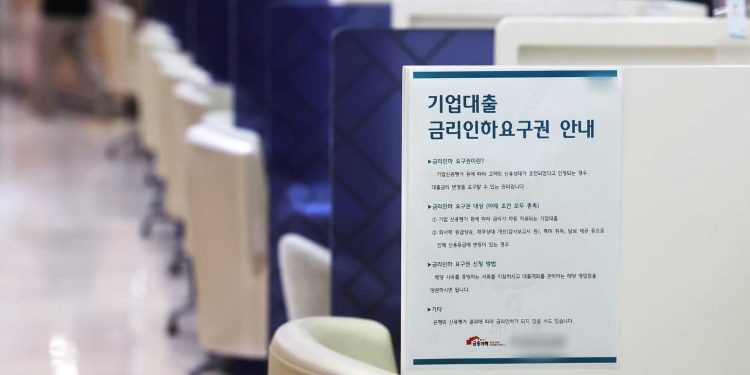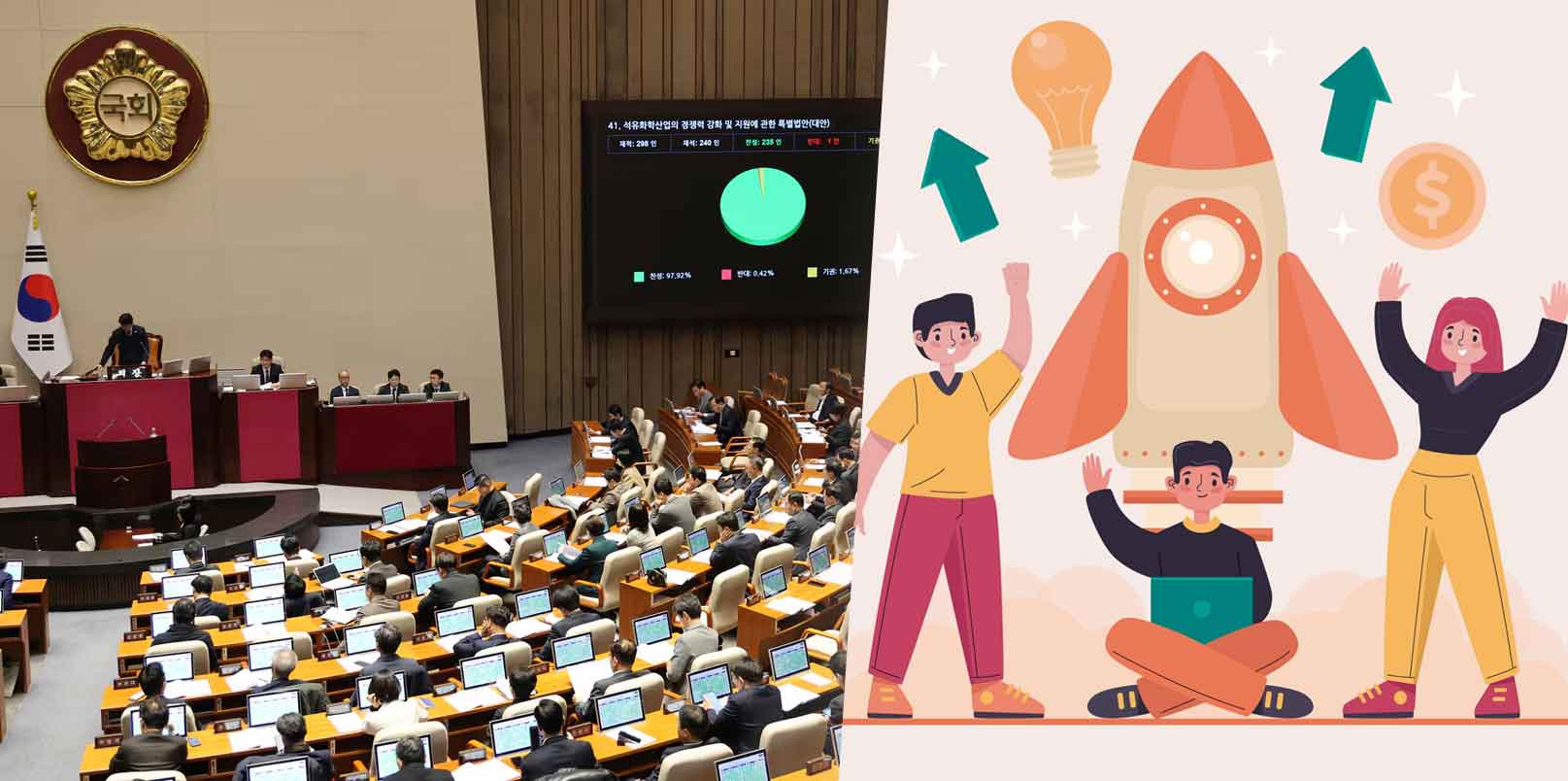Korea’s financial system is facing a critical test. Banks have been fined KRW 2.5 trillion (~ USD 1.8 billion) this year for failing to meet SME lending ratios—an imbalance revealing how household-focused credit and rigid regulations still limit access to capital for small businesses and startups. The penalties highlight a deeper policy challenge: redirecting financial power toward innovation-driven growth.
Banks Face ₩2.5 Trillion in Penalties for Failing SME Loan Quotas
Korea’s banks have been fined KRW 2.49 trillion (USD 1.8 billion) in the first half of 2025 for failing to meet small and medium-sized enterprise (SME) lending quotas, exposing a widening gap between government policy goals and on-the-ground financial practice.
According to data obtained by Representative Chu Kyung-ho from the Bank of Korea (BOK), 12 commercial and regional banks were penalized between January and June for not allocating at least half of their loan growth to SME financing — a requirement under the BOK’s credit management regulations.
The central bank enforces the rule by reducing banks’ access to low-interest liquidity under its Financial Intermediation Support Loan (FISL) program, which is designed to channel capital into productive sectors, including small business lending.
Household Lending Still Dominates Credit Flows
Under current regulations, banks are expected to ensure that 50% of the increase in won-denominated lending supports SMEs. Yet for the second consecutive year, SME lending compliance remains below target.
Penalties have averaged KRW 400 billion per month for two straight years — KRW 414.3 billion monthly in the first half of 2025, down 13% from last year but still elevated. The BOK noted that 2024 marked a record year since the FISL system was introduced in 2014.
Experts attribute the imbalance to two main factors:
- Household mortgage demand, particularly in Seoul and other metropolitan regions, continues to absorb significant lending capacity.
- The Value-Up Program, a capital management initiative introduced by the Financial Services Commission (FSC) in 2024 to enhance bank capital efficiency, has tightened banks’ capital ratios, making them more reluctant to increase riskier SME loans.
A BOK official stated,
“With limited credit resources, banks have prioritized household lending amid rising property prices, leaving SME financing behind.”
The official added that stricter capital adequacy rules have “further constrained banks’ ability to expand lending to smaller and higher-risk firms.”
Cases Breakdown: Hana, Shinhan, and Woori Among Top Penalized
Among the 12 institutions, Hana Bank incurred the highest average monthly penalty — KRW 234.5 billion — for failing to meet SME loan ratios. The list expands to several other banks, including:
- Shinhan Bank: KRW 54.8 billion
- Woori Bank: KRW 42.9 billion
- IM Bank (a smaller regional digital bank): KRW 28.6 billion
- Busan Bank: KRW 28.0 billion
- KB Kookmin Bank: KRW 17.6 billion
- BNK Kyongnam Bank: KRW 6.6 billion
- Kwangju Bank: KRW 0.7 billion
- Jeonbuk Bank: KRW 0.6 billion
In contrast, SC First Bank, Citibank Korea, and Jeju Bank recorded no deductions during the same period.
A Hana Bank spokesperson commented:
“SME loan ratios fluctuate with business conditions, but we have been expanding SME lending rapidly this year.”
The BOK also noted that “penalty amounts vary significantly across banks and quarters,” reflecting differing lending strategies and regional exposures.
Why It Matters for Startups and SMEs
The penalties underscore a structural weakness in Korea’s financial system — the persistent difficulty of steering capital from real estate and household sectors toward innovation-driven small enterprises and startups.
While venture capital and government-backed programs have fueled early-stage funding, commercial credit access remains limited for many startups classified as SMEs.
This constraint widens the gap between private market dynamism and institutional financing, hindering the growth of Korea’s innovation economy.
Venture capital continues to absorb innovation risk. For example, the bio and HealthTech sectors alone drew KRW 735 billion (USD 530 million) in new investment between January and August 2025, according to KVCA data. Yet traditional banking channels have not adapted to this shift, remaining focused on collateral-based lending rather than supporting high-potential startups or R&D-driven SMEs.
Industry observers warn that unless financial institutions and regulators align incentives, startups will continue to depend heavily on venture funds and public grants rather than scalable credit frameworks.
Korea’s Financial System Faces a Productivity Crossroads
In the end, beyond its regulatory non-compliance issues, the KRW 2.5 trillion in SME lending penalties has signaled a deeper policy and structural disconnect within Korea’s financial ecosystem.
As the government pushes for productive finance, the challenge will be to design mechanisms that reward innovation-oriented lending while maintaining capital stability.
For Korea’s startup ecosystem, access to growth capital cannot depend solely on venture investment. Without structural reform in how banks deploy their credit, the country risks stalling its transition toward an innovation-driven economy, leaving its most dynamic enterprises underserved by the very financial system meant to support them.
– Stay Ahead in Korea’s Startup Scene –
Get real-time insights, funding updates, and policy shifts shaping Korea’s innovation ecosystem.
➡️ Follow KoreaTechDesk on LinkedIn, X (Twitter), Threads, Bluesky, Telegram, Facebook, and WhatsApp Channel.






